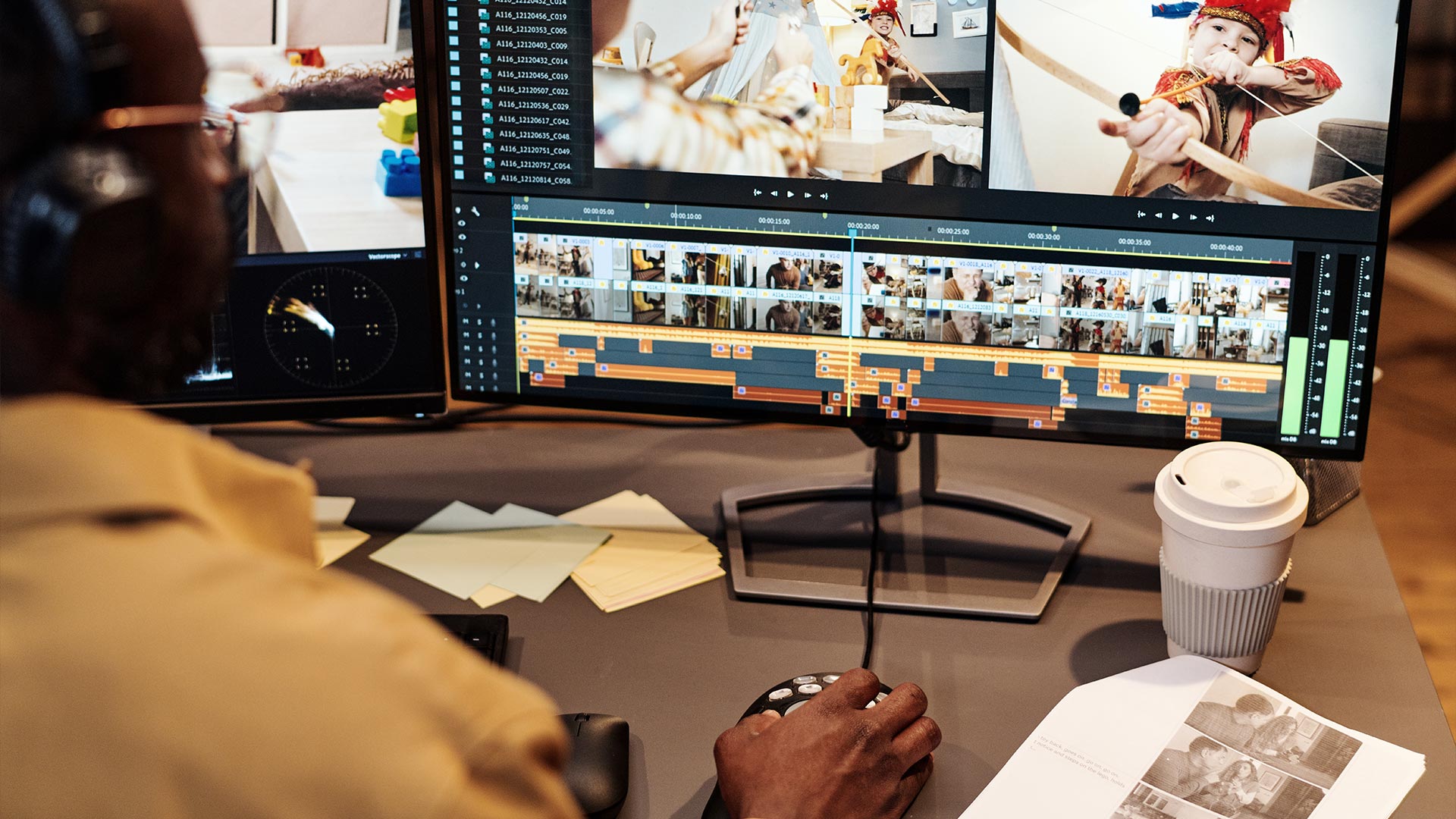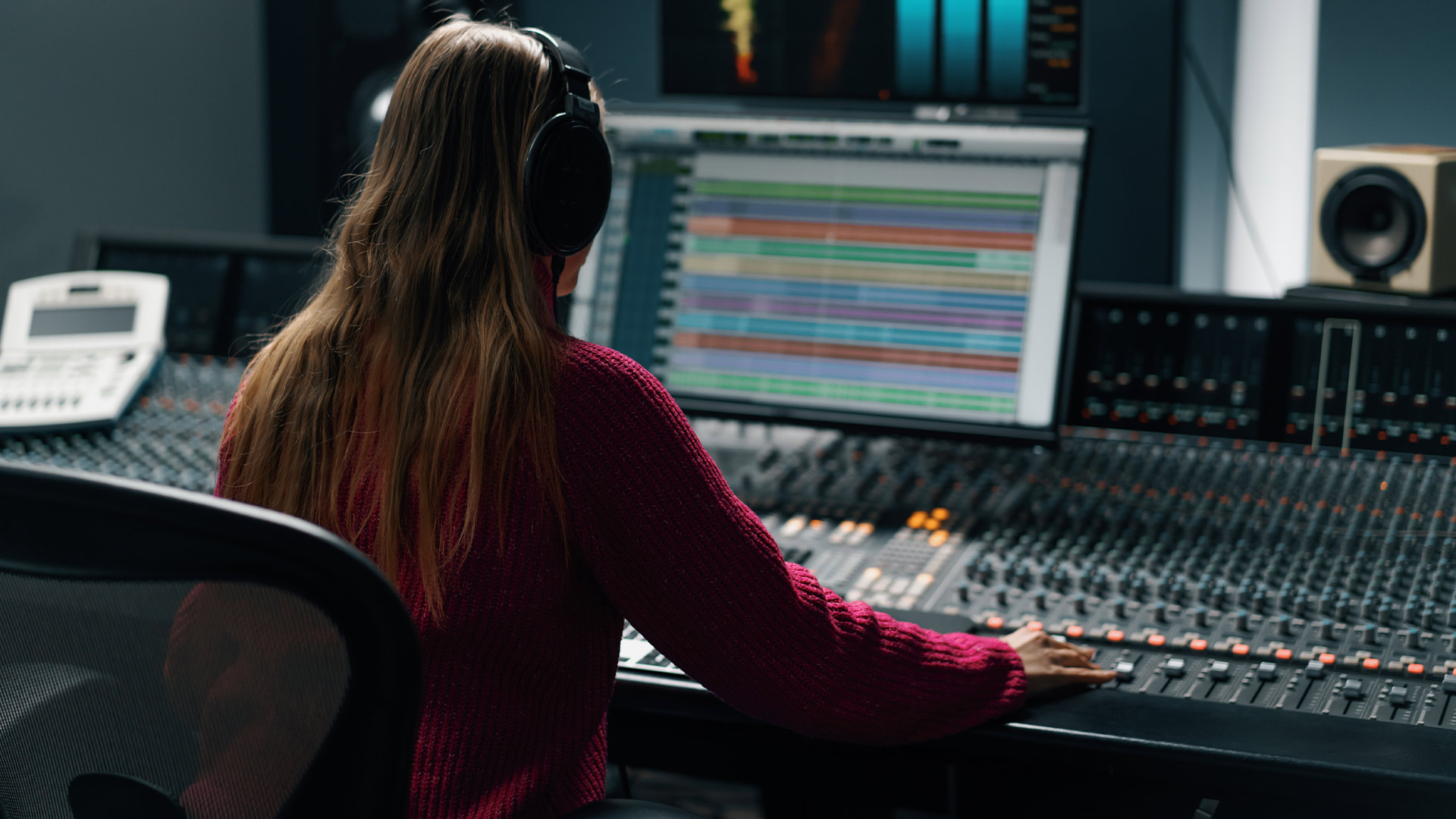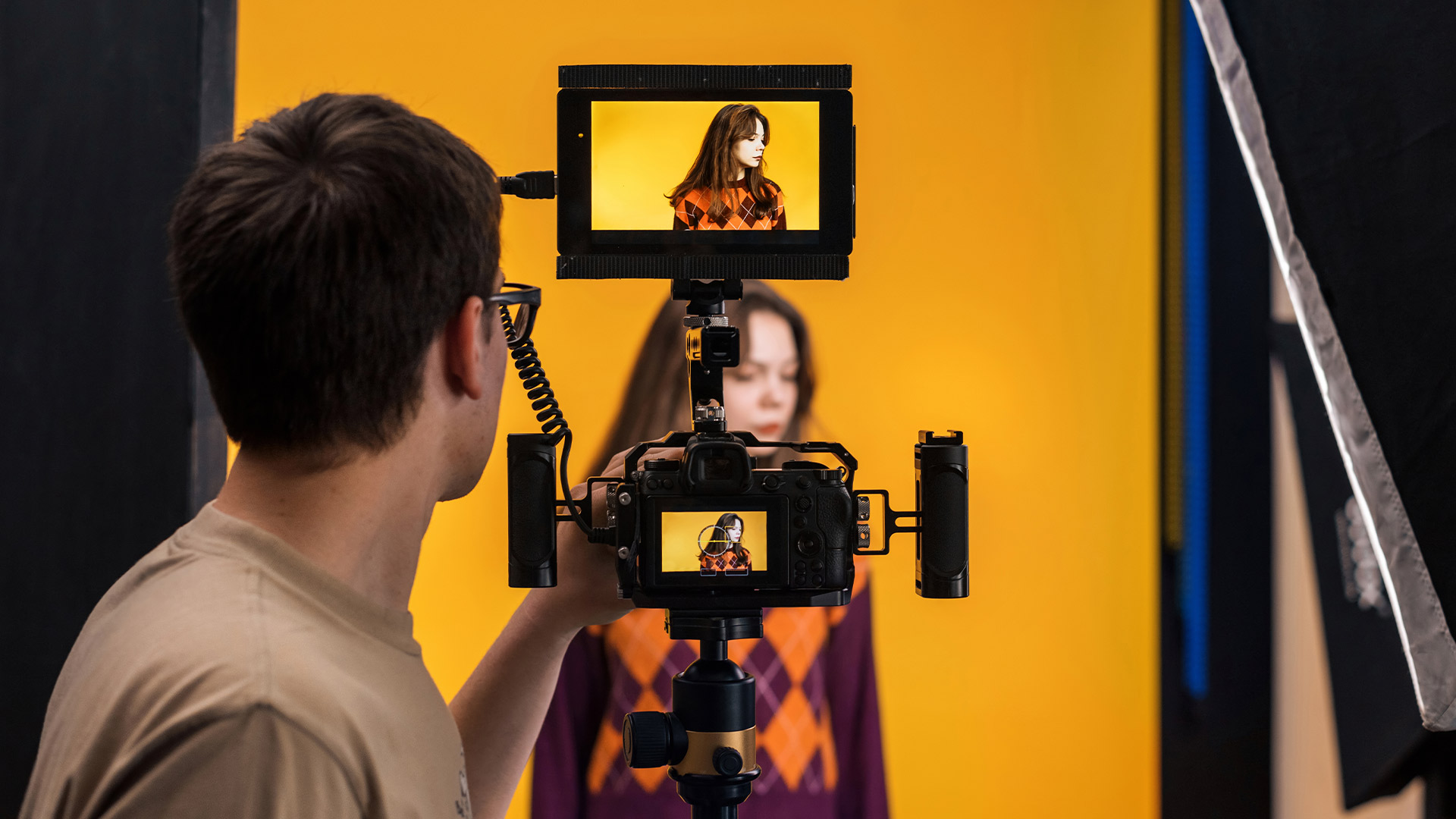No one’s sitting down for a feature film when they’re scrolling on their phone in line at Starbucks. You’ve got seconds, not minutes, to get someone’s attention. And in the world of short-form content, 15 seconds is that sweet spot.
It’s long enough to show or say something meaningful, but short enough to not feel like a commitment. People are way more likely to watch the whole thing, and the platforms reward full views. So if you can get in, hit hard, and get out in under 15 seconds, you’re way ahead of the game.
The First Two Seconds Matter—A Lot
Imagine walking into a party and someone instantly makes you laugh or hits you with something super interesting. That’s the energy you need at the start of a video.
The beginning has to stop the scroll. If you don’t hook people right away, they’re gone. Like, really gone. A strong opening could be:
- “You’re doing this all wrong—here’s why…”
- “Here’s something weird I noticed…”
- Or just jumping straight into a funny moment, a shocking visual, or a dramatic reveal.
No logos. No intros. Just go. You’re not making a documentary. You’re making someone pause with their thumb mid-swipe.
Telling a Story in a Snap
It’s totally possible to tell a story in 15 seconds—you just have to think small. Think “mini drama,” “micro joke,” or “tiny how-to.”
Here’s a format that works:
- Start with the setup: Give us just enough to understand what’s happening.
- Then something changes: This could be the joke, the twist, the problem.
- End with a payoff: A laugh, a tip, or something visually satisfying.
Even something as simple as “before and after” can be a full story. Dirty sink → satisfying scrub → sparkling clean. Boom. That’s a journey.
Don’t Let the Video Sit Still
Visual energy keeps people watching. Even if you’re just talking to the camera, you need to mix it up.
Things that help:
- Quick cuts. Every 1–2 seconds is ideal.
- Zooms and camera movement. Even small ones make a difference.
- On-screen text popping up. This adds clarity and keeps things dynamic.
- B-roll or reaction clips if it’s a voiceover.
Think of it like this: if there’s a moment that feels like nothing’s happening, fix it. You can crop tighter, speed it up, or add something unexpected.
Sound Is a Game-Changer
It’s wild how much sound matters. The right music can completely change how your video feels. So can a simple sound effect or a fast-paced voiceover.
Here’s what works:
- Use a trending audio if it fits your vibe—those often get better reach.
- Match your cuts to the beat. People love it when edits hit right on the rhythm.
- Layer in satisfying sounds—like a snap, pop, or swish—to give the video some texture.
- Don’t forget voiceover. But talk like you’re chatting with a friend, not delivering a keynote.
Even though a lot of people scroll with sound off, adding good audio still matters. Just pair it with clear captions.
Captions That Aren’t Boring
Speaking of captions—don’t rely on auto-subtitles that barely keep up. Create your own. Make them pop. Make them readable.
Tips:
- Use big, clean fonts that don’t get lost in the background.
- Add color to highlight key words or punchlines.
- Time them to match the rhythm of your video.
Even simple things like one-word emphasis—“WHAT?” or “wait for it…”—can make a huge difference. You want it to feel like the captions are part of the experience, not just a backup plan.
The Last Few Seconds Matter Too
How you end a short video decides whether people will share it, rewatch it, or swipe away. That ending moment is your chance to give them a reason to stick around—or come back for more.
Here are two solid options:
- The classic CTA: “Try this,” “Follow for more,” or “Tag a friend who needs to see this.” Don’t overthink it. Just be clear and direct.
- The sneaky loop: End in a way that flows right back into the beginning. This makes people watch again (even by accident), and that replay counts big-time.
Or maybe you just leave people a little confused—in a good way. That “wait, what just happened?” moment can get you five extra views from one person trying to figure it out.
Making 15 Seconds Count Isn’t Easy
You’d think a short video would be easy to make. It’s just 15 seconds, right? But anyone who’s tried it knows—every second has to earn its place. There’s no time for fluff.
You need:
- Clarity: The viewer should know what’s happening right away.
- Momentum: The video should move, either literally or emotionally.
- Emotion: Whether it’s funny, clever, weird, or “aww,” it should make them feel something.
- Tight pacing: Slow content feels 10x slower in short format.
You’re not just making a clip—you’re building a mini experience. It’s like trying to tell a great joke with only the punchline and one sentence of setup. Tricky, but doable.
A Real Example That Nails It
There’s this one video that still pops into my head all the time. It’s a garlic hack. Super simple.
- It starts with the line: “You’ve been peeling garlic wrong your whole life.”
- Then shows someone smashing a clove with a jar—super satisfying.
- The garlic slips right out of the skin, clean and perfect.
- Final shot: “Mind blown?” with a wink and “Follow for more kitchen stuff.”
It’s fast, it’s helpful, and it’s oddly fun to watch. You can’t help but replay it once or twice. That’s the kind of short content that wins.




